Hiking With a Large Family

You've never been into hiking, your life partner has never been into hiking, and you've never taken your youngsters hiking. Yet, you're planning on visiting a national park, and you want to have the option to climb the trails to have the option to see the destinations.
Or on the other hand, you want to get out with the family, and you've chosen that a great way to do this is to climb. Both of these are great reasons to start hiking all together.
Hiking together can also have different advantages, for example, increased family holding and great recollections that you and your youngsters will take home with you, also that it's a great way to get work out.
I am part of a large family, and we've climbed together for quite a long time. Part of this is because of the fact that our parents love to climb, however another part of it is that we appreciate walking together and seeing new and fascinating places. In any case, it very well may be daunting to attempt to make sense of how to get all of the youngsters as far as possible of the trail and back again. In this article, I will attempt to explain how to climb with a large family. Keep in mind, be that as it may, that this is from my very own understanding, and that your experience will probably be not the same as mine. Blend and match my ideas and your own ideas and expectations to create something that will work for your family.
Preparation

We didn't wake up one day and say, "Hello, how about we start hiking 10-mile trails." This has to be animated to, especially in the event that you are hiking with several youngsters. At the point when we originally started, we were walking the 400 ft. to ignores. As we developed, our abilities developed, and we began hiking longer and longer trails.
Along these lines, you should work up to hiking long distances. This can be accomplished by walking on local trails that are somewhat similar to the more extended trails you plan to do later. For example, you can start by walking mile or for a certain amount of time, (for example, 60 minutes) and then work up to longer trails and longer timeframes. This will also enable the parents to gage the abilities of their youngsters, and assist them with choosing trails that are not above their very own abilities.

Great places to climb are local parks, state parks, rails-to-trails areas (these are flat and frequently easy to walk on yet usually lack pleasant perspectives), and other local wild areas that have trails. The web is a great asset for discovering trails in your area. In this article, when I talk about "hiking", I mean walking trails that are at least a mile long. This information may also be valuable for shorter distances, however in general this information applies better to longer trails.
Gaging Your Youngsters' Abilities

When hiking with your youngsters, assess their abilities as well as their wants. Do they just not want to go any further when they say they're drained after the initial 10 minutes? Or on the other hand are they really not up to a long climb? This takes insight with respect to the parents, and understanding the youngsters.
A decent attitude with respect to the more established youngsters and parents enables: I to have discovered that if the more established kids think this is some sort of cool adventure, the more youthful kids are frequently glad to participate on the fervor. In any case, recollect that the purpose of hiking isn't to have a constrained march that nobody appreciates. By having climbed with your kids previously and understanding their abilities, you can pick trails that are within your kids' ability, however that perhaps push them just marginally further...and then a little further...so that it manufactures their ability gradually.

You may find that the more established youngsters are far more capable than the more youthful kids at hiking long distances. This isn't astonishing. After all, they have to take two or even three stages to all of your own! Notwithstanding, this doesn't mean that you should carry the kid. I feel so upset for the parents I see who are as yet carrying their 5-year-old. The parent is huffing and puffing, and the youngster is only there for the ride.
We usually carried our kids until they were about three years old, and then eased them into hiking without anyone else, or holding the hand of a more established youngster or adult. Indeed, even after that, however, we would occasionally carry a kid in the event that they had been hiking an extremely prolonged stretch of time and were worn out.
Another way to keep the more youthful kids hiking is to reveal to them stories.
The parents can do this, as can the more established youngsters. A portion of the more youthful youngsters can also tell their own, although the vast majority of our own favored tuning in to the ones we came up with. Stories can be classics like "The Three Little Pigs" and "Goldilocks and the Three Bears", or you can make up your own.

More established youngsters can be extremely useful with the more youthful kids. I really delighted in carrying my more youthful kin, regardless of whether I was just 11 and they were 1. Later, when several of us were more established (13+), we did all the carrying of the more youthful kids, and our parents rarely carried any kids, even on long climbs. Regardless of whether they can't carry a kid, more seasoned kids (6+) can walk with their more youthful kin, helping them along the way, holding their hands, encouraging them to continue onward, and so on.
Regularly we'd simply wind up helping them, however now and again we would be assigned a youngster, similar to, "alright, until the following rest break, you get the opportunity to walk with your most youthful sibling" or something to that effect. On the off chance that your family has an amigo framework, this is a great place to utilize it. Some of the time kids like to keep running ahead on trails. This may be fine in certain situations, especially if the youngsters are more seasoned, yet you may want to restrain them by, for example, letting them know not to leave sight of you.
What to Take With You

The age of your youngsters and the length of the climb will decide exactly what you have to take with you. For example, in the event that you have extremely little youngsters, you should take diapers, wipes, formula (on the off chance that you use it), and so on for them. You may even have to dedicate a backpack to this kind of stuff. Some baby backpacks accompany pockets for such things, yet I have never discovered these to work well indeed. Also, in case you're taking a more extended climb, you'll have to bring more nourishment and water than if you are taking a shorter climb.
Probably the most important thing to take on a climb is water. This is especially valid if the weather is blistering or you are hiking in dry areas, for example, the American southwest. In such weather or areas, it is extremely easy to dehydrate, so bring a lot of water for each individual. We have a plastic refillable jug (16-oz.) for each individual. These are easy to top off and transport on the trail. On long climbs (8+ miles) we get extra water a small water container (1-gallon) which fits into a daypack.

Another important thing to bring is nourishment. "An army marches on its stomach" and do as well explorers, especially kids. Small snacks can make the distinction between making it back to the parking area in a reasonable time and dragging the youngsters for a considerable length of time on the last mile. The packs can be heavy first and foremost, however everybody will be thankful for the nourishment later in the day.
Who should carry this stuff? Indeed, it will rely upon the age of your youngsters, in part. More seasoned youngsters (6+) can carry daypacks with nourishment, water, or different things in them. This is especially useful if the parents need to carry smaller kids. Another choice is for one parent to carry a youngster and the other to carry a portion of the nourishment, and so forth. See what works for you. We nearly always take at least five packs to spread out the weight between as many individuals as conceivable (usually this means the five most seasoned youngsters are carrying backpacks). The water bottles themselves usually get spread more than two packs, or each individual carries their own.
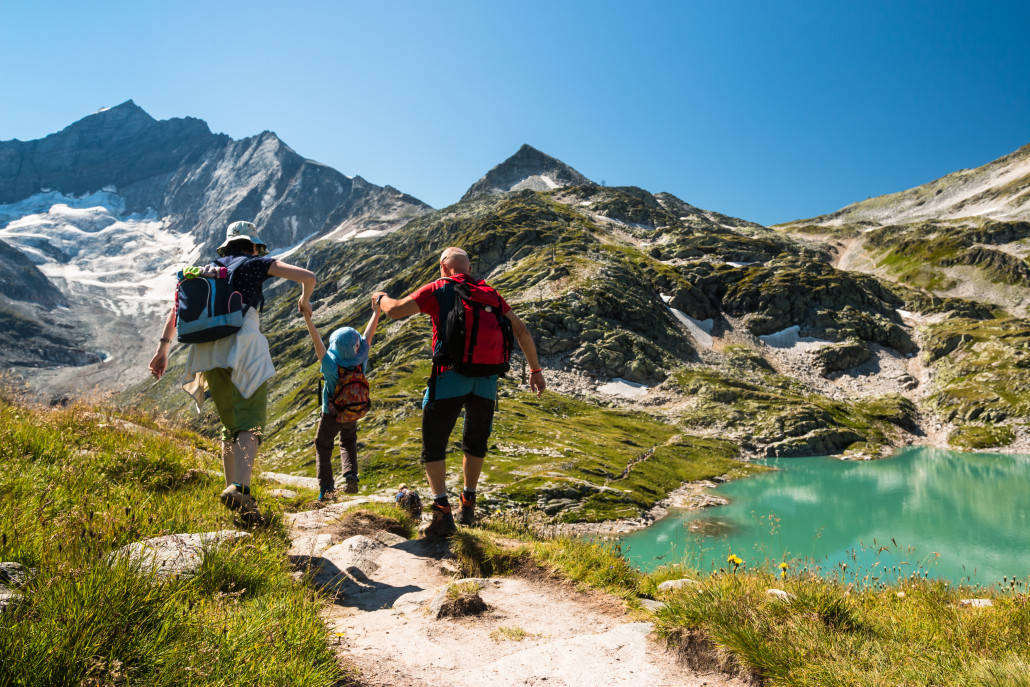
Hiking as a family can be a fun encounter for everybody, especially when there are many of you to appreciate it together. Be that as it may, each family is extraordinary and should make sense of what works best for them. When you have worked out what works best for you, you can appreciate many long stretches of walking and getting a charge out of the outside all together.
A Hiking Gear Checklist for Day Hiking
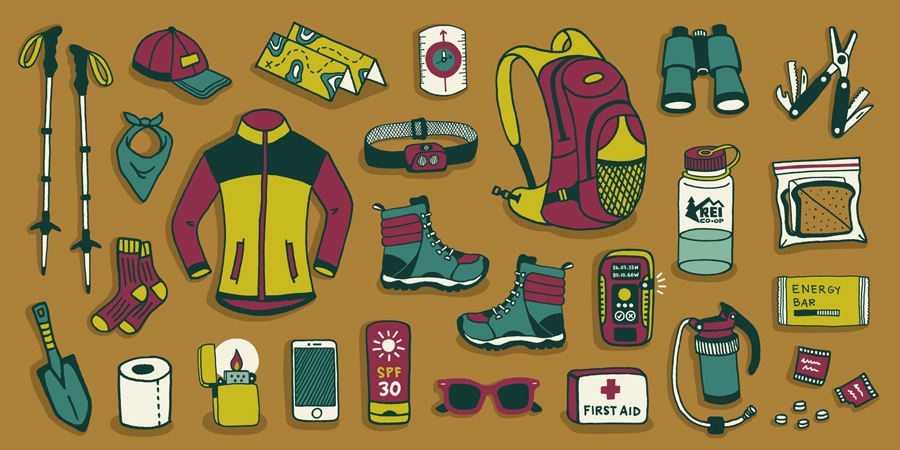
I was figuring today on what ought to be on a hiking gear checklist for climbers who are simply starting out.
In light of that I created the rundown underneath as general manual for what you ought to hope to acquire when getting your hiking gear together for a day climb.
Hiking Pants or Hiking Shorts
Suitable hiking pants are an absolute necessity. Waterproof is always a smart thought. I like ones with air vent's in them which can be opened to allow better air circulation in to keep your legs dry as your sweat is allowed to wick away from the skin. I also like hiking pants with detachable bottoms so they can easily bend over as shorts.
Hiking Wool
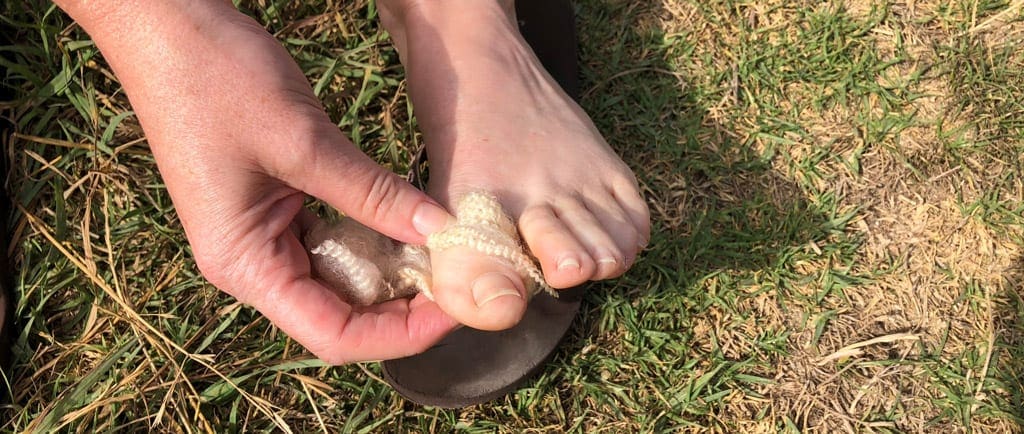
An absolute necessity for cooler temperatures. A decent hiking wool will keep you warm and dry under the correct Waterproof hiking jacket.
Base Layers

You should be certain you have adequate base layers. The a respectable starting point layer is alongside your skin in this way, similar to your hiking pants, you want breathability to let sweat wick away comfortably. The colder it is, the more layers you need. Always great to carry an extra a couple with you to be safe.
Gaiters
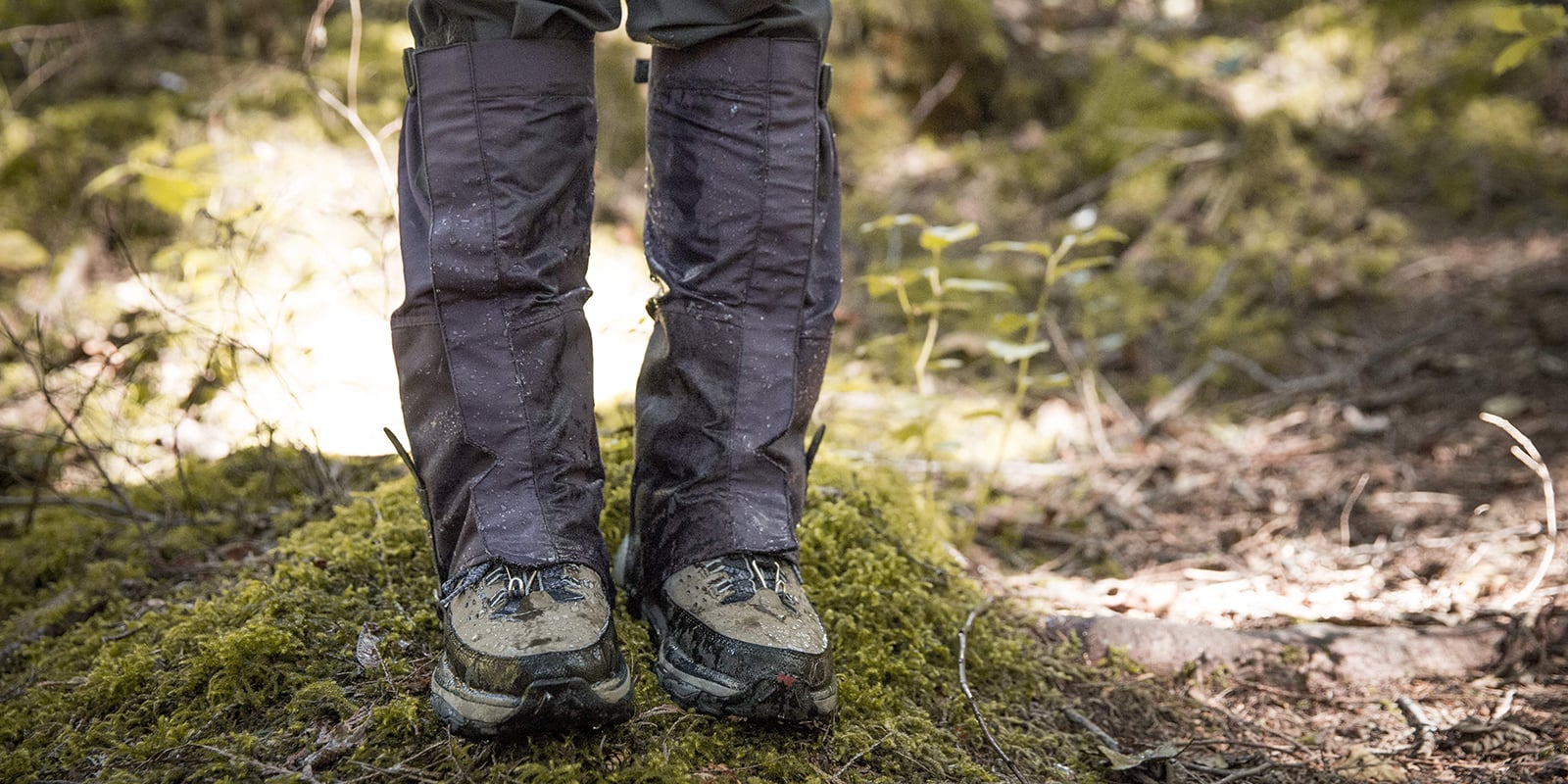
In the event that you will wade through marsh, water, day off. Gaiters are really valuable to help keep your feet and your boots drier.
Hiking Hat
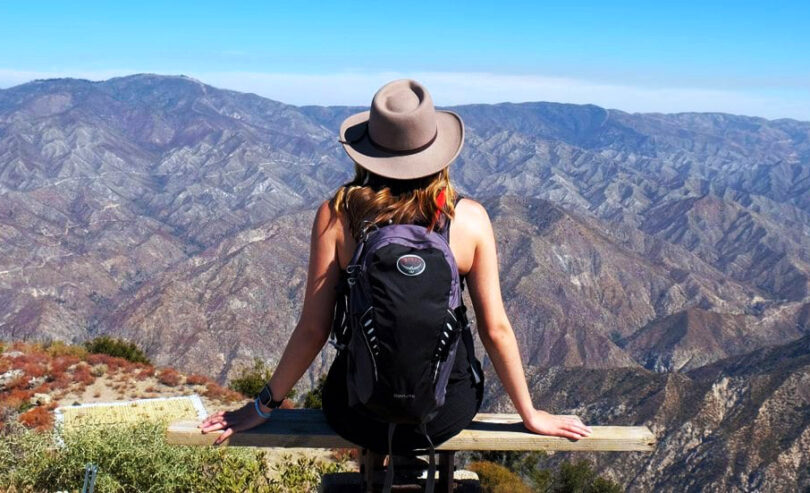
In the event that it's cool when you're hiking a decent woolen hat is a great addition to have. Worn in the engine of your waterproof jacket, it will keep your head pleasant and toasty! Alternatively, if it's rankling sweltering and the sun is beating down, a baseball hat or beach-style hiking hat will shield you from any harmful rays.
Hiking Gloves

These should be waterproof, wind resistant and ideally leaving you with some versatility in your hands for grasping, opening, and so forth.
Hiking Socks
Great socks are as important as great boots. It merits getting great hiking socks that supplement your hiking boots or shoes to guarantee maximum comfort and avoid the dreaded rankle!
Day or Technical pack

You obviously need something to carry your extra gear and some basic supplies in so a comfortable day pack on your back is an unquestionable requirement.
Hiking Boots and Shoes
Of key importance when hiking. You need the correct hiking boots or shoes for the climate and weather you are hiking in. It should be a solid match and your boot or shoe ought to be very much broken in. It is a smart thought to break them in, in your home or around the square before regularly utilizing them on a climb. Always wear your hiking socks when breaking a hiking boot in!
Waterproof Hiking Jacket

Really relies upon what climate you are hiking in yet invariably it will rain eventually so you have to have the correct waterproof hiking jacket with you. There are many choices to look over, many of which have detachable layers and so can be adapted to be utilized all year-round.
Extra Hiking Dress
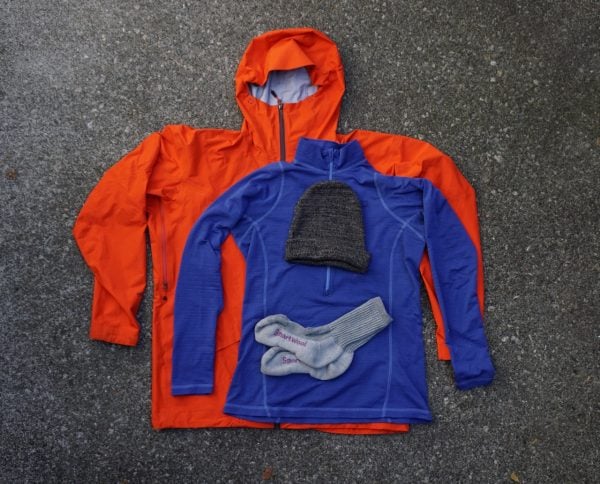
The extra dress is an unquestionable requirement on the off chance that you are moving all through various temperatures and weather which can happen easily as you ascend further up a mountain. Always great to have more than less I might suspect.
This rundown isn't exhaustive yet it lists out a portion of the key things you ought to take with you on your day climb. Being as prepared as conceivable will guarantee that you have as comfortable and enjoyable a climb as conceivable.
Types Of Hiking Boots And Hiking Shoes
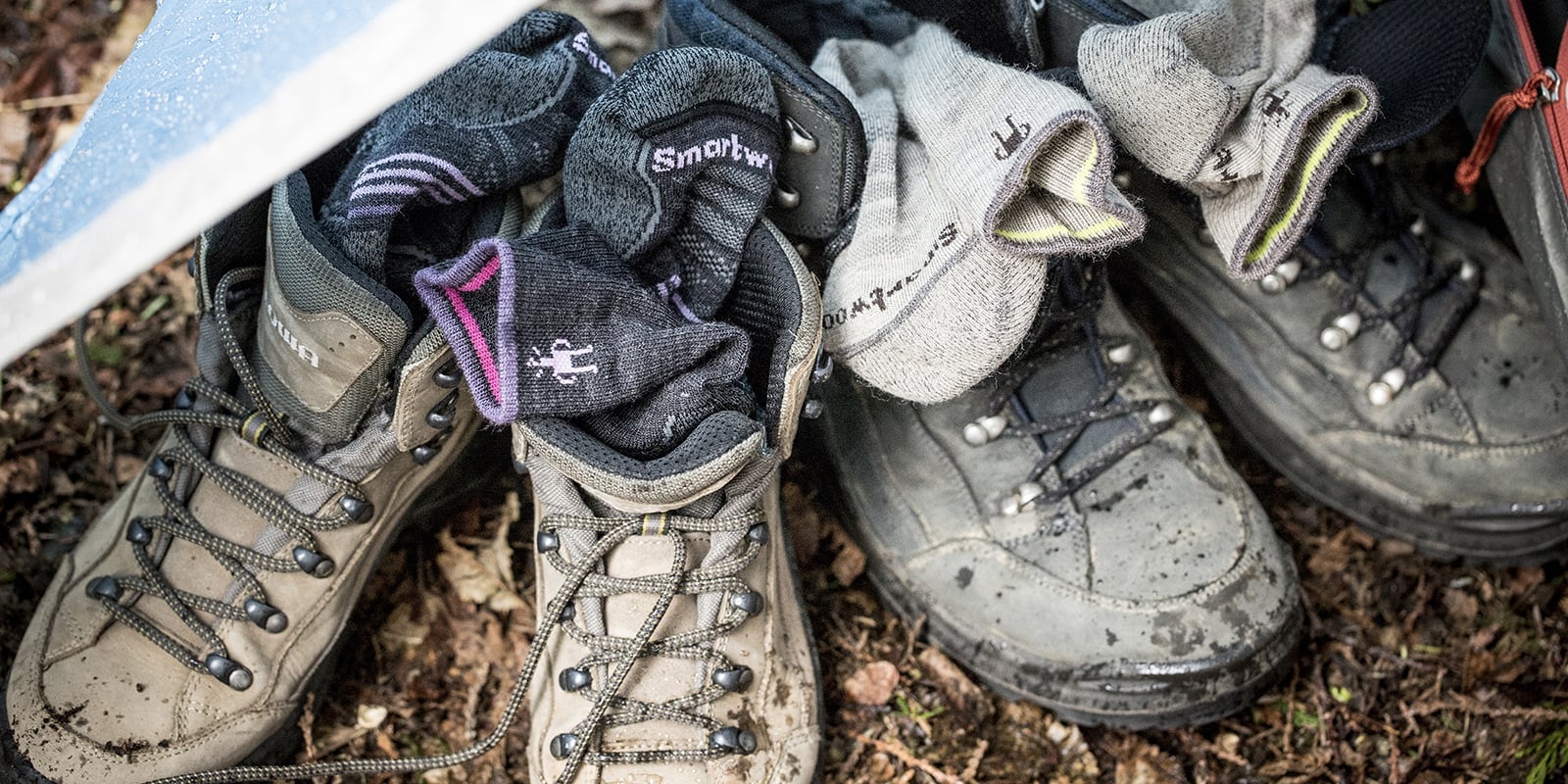
There are numerous types of hiking boots and hiking shoes, and the decision can be confusing. While there are a few sorts of hiking footwear that won't fit perfectly into any classification, I will talk about hiking footwear as far as four classes, in light of the general sort of hiking for which they work best.
1. Hiking shoes and sandals. For short strolls in the outside, for thumping around in camp, and for simple breaks in a generally genuine climb.
2. Day-hiking boots. For moderate hiking, for example, day climbs or short climbs in harsh nation.
3. Hiking boots. For multi-day hiking trips.
4. Mountaineering boots. For the most genuine hiking, hiking, and ice climbing.
As you climb the size of classes, you additionally climb in cost. That implies you need to give progressively genuine idea and accomplish increasingly cautious shopping the higher up the scale you look. Be that as it may, before you start your genuine shopping, understand what types of hiking boots are accessible so you will be certain you are searching for the correct kind.
Try not to be frightened away by the costs, and don't tragically assume that you needn't bother with particular reason hiking boots. You most likely needn't bother with $200 mountaineering boots, however that doesn't mean you should attempt a twelve-mile day climb in your sneakers, either. In this article, you will figure out how to choose which general sort of hiking boots are directly for what you need to do. At that point you'll be set up to look further into precisely what you need.
Hiking Shoes and Sandals

Hiking shoes can be multi-reason footwear. In the event that you are new to hiking, and arranging just short climbs on well-looked after trails, you may as of now have appropriate footwear. Cross coaches or any sensibly solid shoe might be appropriate for light hiking.
Shoes explicitly intended for trail running and light hiking ordinarily rise somewhat higher than traditional tennis shoes, and they more often than not have a "scree neckline" (a neckline of cushioning around the lower leg to keep rocks out). They are typically not waterproof, however they might be fairly "water safe," and the track isn't extremely forceful.
Hiking shoes are appropriate for short climbs on sensibly dry, sensibly smooth trails where you won't convey a lot of weight. In the event that you will cross streams, climbing steep inclines, strolling on day off ice, or conveying more than around twenty pounds of apparatus, you ought to likely investigate day-hiking boots or hiking boots.

Hiking sandals are an uncommon class of hiking footwear. At the point when you think about the four primary motivations behind hiking shoes - warmth, insurance, footing, and keeping dry - sandals may appear to be a joke. In any case, reconsider.
Clearly, you're not hiking in winter in hiking sandals, so keeping your feet warm is simply not a thought that hiking sandals address. Sandals do shield the bottoms of your feet from unpleasant surfaces and sharp articles, yet they can't shield the sides of your feet from rocks and brush. They likewise give great footing.
Be that as it may, shouldn't something be said about keeping your feet dry? Try not to chuckle! No, sandals won't keep the water out as you swim over a stream, yet neither will they keep the water in when you venture out of the stream. Numerous climbers convey sandals in their knapsacks and change to them at whatever point they cross a stream that they know will overtop their hiking boots.
In the event that all you will do is short climbs on generally clear, level trails in warm climate, sandals are worth at any rate a little thought. All the more significantly, on the off chance that you need a couple of hiking shoes to change out in the center of a long, genuine climb, hiking sandals likely could merit the space they take up in your rucksack.
Day-Hiking Boots
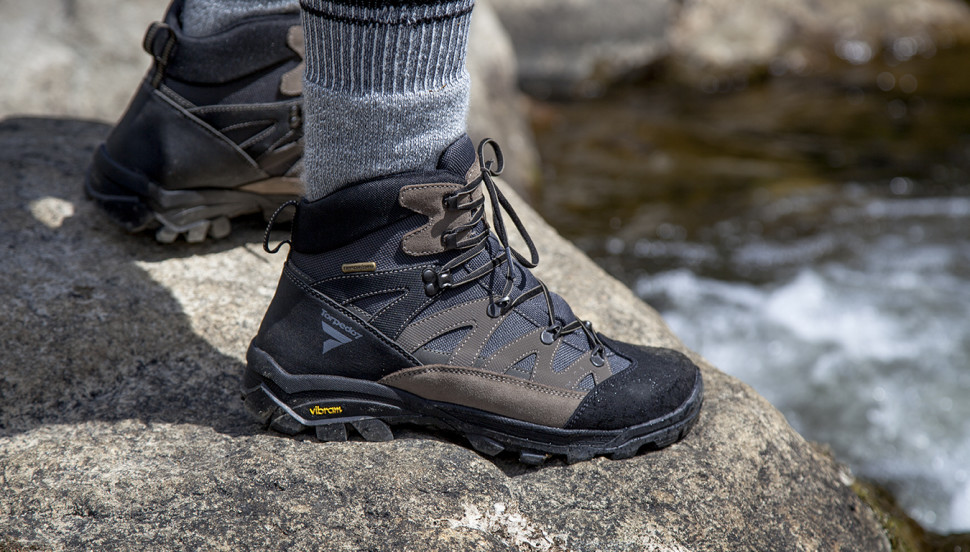
Day-hiking boots are reason intended for hiking. In the event that you are wanting to do any direct hiking, for example, throughout the day climbs or short climbs on tough trails, you should give some genuine idea to your footwear.
Day-hiking boots regularly rise simply over the lower leg, and they generally have a cushioned "scree neckline." They ordinarily have a genuinely firm fiberglass shank to strengthen the sole and curve bolsters. The tongue is halfway connected, some of the time completely joined, to give waterproofing.
Day-hiking boots about consistently have snares for the bands on the upper piece of the boot. Some have eyelets right to the top, however these are difficult to keep appropriately fixed.
Be careful with impersonations! The design business has gotten on to the style of hiking boots, and you will discover numerous shoes that resemble hiking boots, however are more qualified to hanging out at Starbucks than to hiking the boondocks. Look carefully, and you can tell the genuine hiking boots from the wannabees:
* Scree neckline
* Solid shank
* Connected or in part appended tongue
* Really forceful track
None of these highlights show when you're simply looking cool, so the impersonation hiking boots don't have them.
Hiking Boots
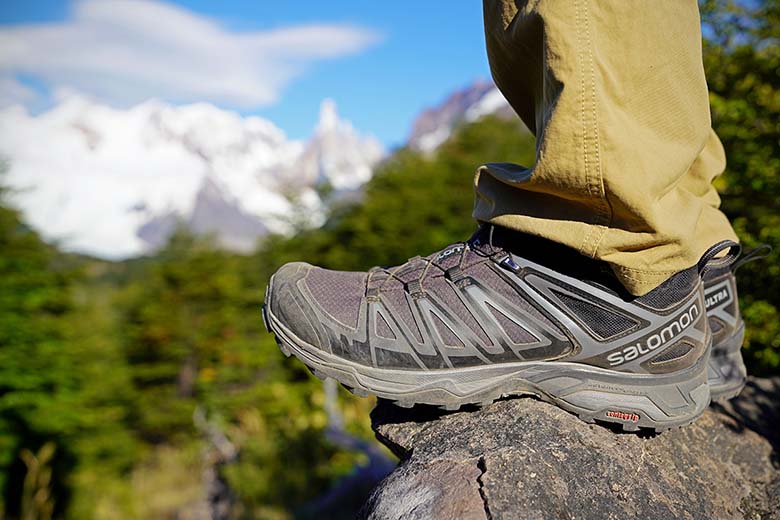
Exploring boots are intended for long wear under genuinely unforgiving conditions. On the off chance that you are wanting to do a great deal of hiking, particularly multi-day hiking outings or throughout the day climbs on unpleasant trails, you will need hiking boots. And don't be put off by the costs: A hundred-dollar pair of boots that keeps going five years is less expensive than purchasing a forty-dollar pair each year. And progressively agreeable, as well.
Hiking boots for the most part rise well over the lower leg. High-ascent boots, similar to military-style "battle boots," might not have a cushioned "scree neckline," however lower-rise boots will have one. They have an unbending shank, which might be fiberglass or steel, to give solidness and curve support. The tongue might be mostly appended on elevated structure boots, or completely connected on lower boots. Exploring boots consistently have a forceful track structure.
Many hiking boots have eyelets for the bands as far as possible up. This makes the boots harder to put on and take off. It additionally makes the bands more hard to change than if they had snares, however the eyelets are less inclined to getting on brush or getting twisted shut when you slam your leg against a stone. D-rings, utilized on the upper pieces of some hiking boots, are a decent bargain. They are less inclined to harm than snares, however more effectively movable than eyelets.
There are uncompromising boots out there that are not reasonable for hiking. Work boots can be fundamentally the same as hiking boots in everything about the track. When picking exploring boots, ensure the track is intended for the trail and not for the workshop.
Mountaineering Boots
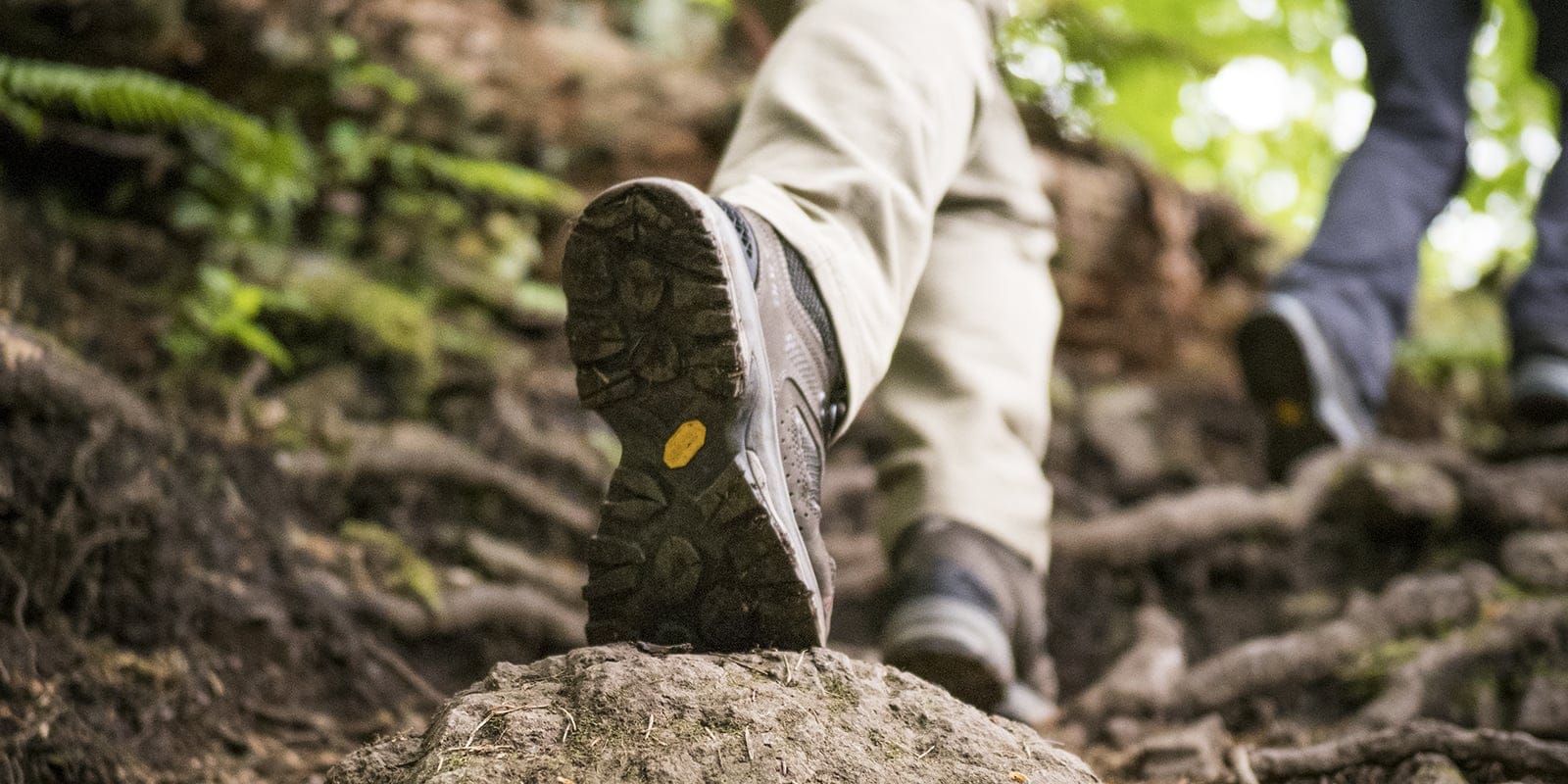
Mountaineering boots are exceptionally intended for genuine endeavors in crude and rough conditions. The expression "mountaineering boots" by and large likewise incorporates such specific footwear as ice-ascending boots.
I'll be totally straightforward here (propensity for mine): I have no close to home involvement with mountaineering boots, nor with the conditions that require them. So I don't have a lot to inform you regarding them other than that they exist and that, contingent upon your necessities, they might be what you need. At the point when you are prepared to investigate mountaineering boots, I can just encourage you to search for reasonable guidance.
Mountaineering boots are commonly totally unbending, made of thick, substantial calfskin or shaped plastic. They are very substantial, and hard to stroll in under most ordinary conditions.
Try not to be oversold. In the event that you are searching for hiking boots, you needn't bother with particular reason mountaineering boots. This is one situation where purchasing more hiking boot than you need can really be an awful thing. Mountaineering boots are what you need for ascending Mount Everest, however not for hiking in the run of the mill National Park.
Conclusion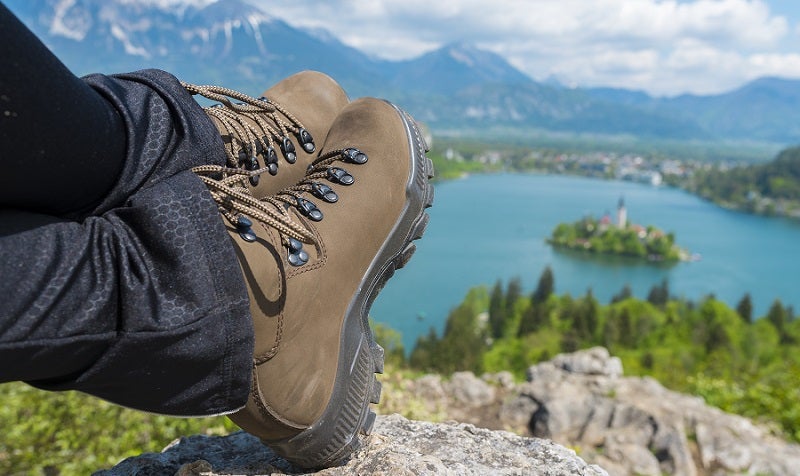
Presently you realize now to perceive the four fundamental types of hiking boots. That will help you in your inquiry. Pick the kind of boot that is directly for the sort of hiking you are wanting to do, at that point go do it!
Contact
![]()
If there are any questions you may contact us using the information below.
Email :modernhiker@gmail.com
Phone : +1 310-111-3432
Address: 2001 Prospect Valley Road Gardena, CA 90248
About

In the event that you ever wind up purchasing new leisure activity, try camping out! It’s unwinding, or with relatives and companions! Our Outdoor guide surveys will give bits of knowledge about the apparatus that is offered in calculating supply retailers and stores.
